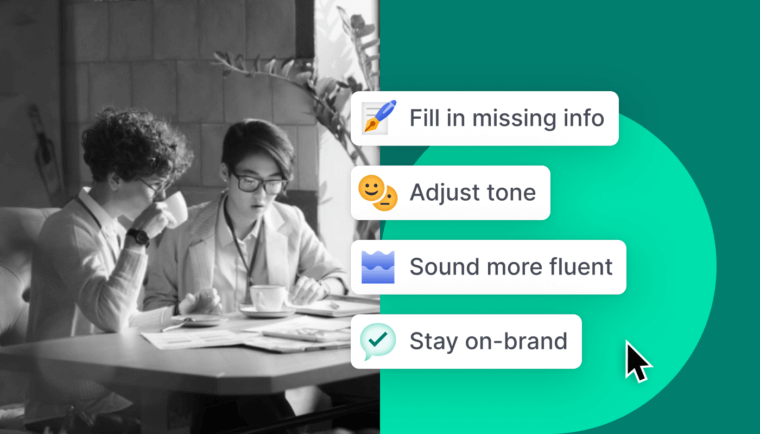
If your workday includes messaging with colleagues over a communication platform like Slack, you’ve probably had cause to consider the proper etiquette for work chats. It’s too easy to come off as inconsiderate if you’re not careful, so here we’ll provide some helpful Dos and Don’ts.
Whether your team uses Slack or something similar via Teams, Hangouts, Flock, Chanty, or any of the many others, we’ve got you covered with what to do—and what to avoid—to refine and perfect your work chat etiquette.
Don’t: Start with a guessing game.
When messaging a colleague you don’t know very well, just opening with “hi” can be perilous, particularly absent some additional context or so much as an emoji. No one wants to guess what’s up—and if they’re busy and need to respond later on, the conversation has to pick back up from an awkward start.
Do: Be clear and intentional as you open conversations
It’s wise to provide some basic information at the outset: What’s this about? Also, keep in mind that whoever you’re messaging likely has plenty of other work, and your message may not be their most urgent priority. (If, in fact, it should be, you’ll want to make the reason for that clear, and quickly.)
Otherwise, consider an unassuming and self-explanatory opening like, “Hey, do you have time to brainstorm about upcoming content?”
Don’t: Think out loud, one line at a time
Here’s an idea—ping! If this keeps happening—ping! It’s going to get old—ping! Extremely fast—ping!
Also Don’t: Send people a single message the length of a book chapter
This is the opposite of the last item—the recipient gets one epic, sprawling message that causes eyes to glaze and hearts to sink the moment it appears. Just reading it through may require another cup of coffee, and absorbing it meaningfully, well, that may take a bit. Oh, and while waiting as someone types such an opus, watching the dots of anticipation for an eternity is also no fun.
Do: Try to strike a balance between message length and volume.
There are a few ways to do this. If your thoughts are scattershot, take a moment to collect them and figure out what you’re looking to get out of the conversation, then organize accordingly.
If you have the opposite problem, break your thoughts up into smaller pieces. Sharing your ideas in bite-size chunks gives the recipient a chance to respond and ask questions, which may also inform how you proceed. And it can ease some of the aforementioned suspense.
And remember, tools like Slack aren’t perfect for all occasions; sometimes alternatives like a phone conversation or written memo are just more practical.
Don’t: Forget who you’re talking to
In an environment like Slack, where a simple “you’re welcome” might manifest to a work buddy as a sunglass-wearing emoji, it’s easy to slip into a mode that’s too casual with people you don’t really know. But unless you and your boss have an enviably forthright relationship, spare a thought for professionalism before pasting in that Simpsons GIF.
Do: Consider your audience
The above applies not just to decorum but also lingo—not everyone is fluent in your niche’s dialect. For instance, a fellow podcast producer might know what you mean if you say you’re “bouncing the session rn,” but that is a pile of words to anyone on your team who doesn’t “cut tape.” Better to just say you’re nearly done editing the episode.
There may also be a tendency for habits from work chats to creep into conversations outside work—with less than stellar results. For example, your partner does not want to be told via text you’ll “circle back” on plans for dinner or “parallel-pathing” possibilities for Indian food or pizza.
For this reason, try to make a practice of double-checking what you’re saying and to whom before you mash “send.” As this becomes second-nature in time, it can save you a lot of awkwardness.
Final, crucial, take-home Do: Write as empathetically as possible.
The point of anything written down is for someone to read and understand it, and the best writing endeavors to make that process as straightforward as possible for the reader. Here, the key to success is empathy, and it’s essential whether you’re writing a novel or a warning label or a humble Slack message: How will this land with the person reading it?
If you think what you’re saying might seem rude, or overwhelming, or hard to follow, it’s a strong sign revisions are in order.






